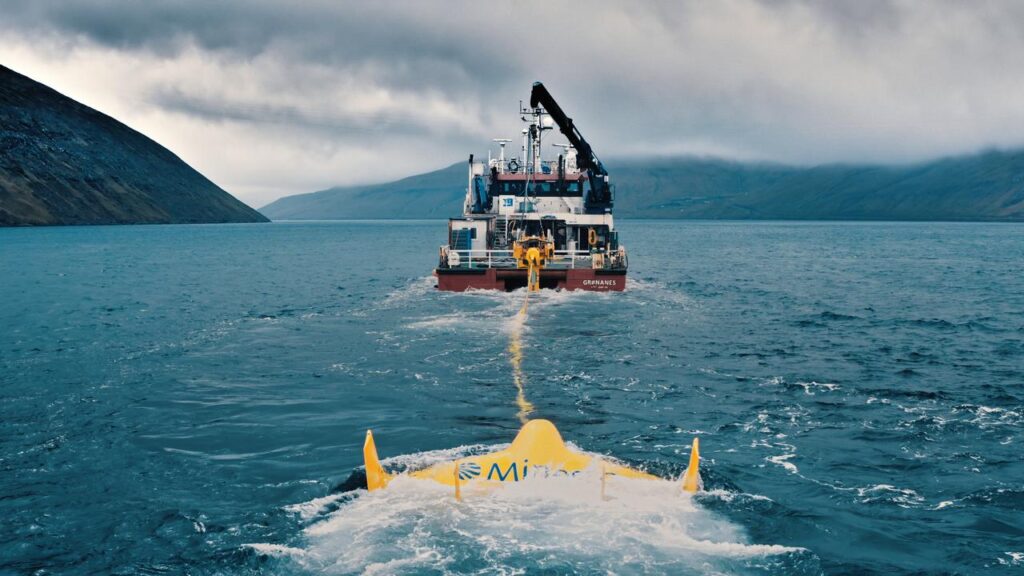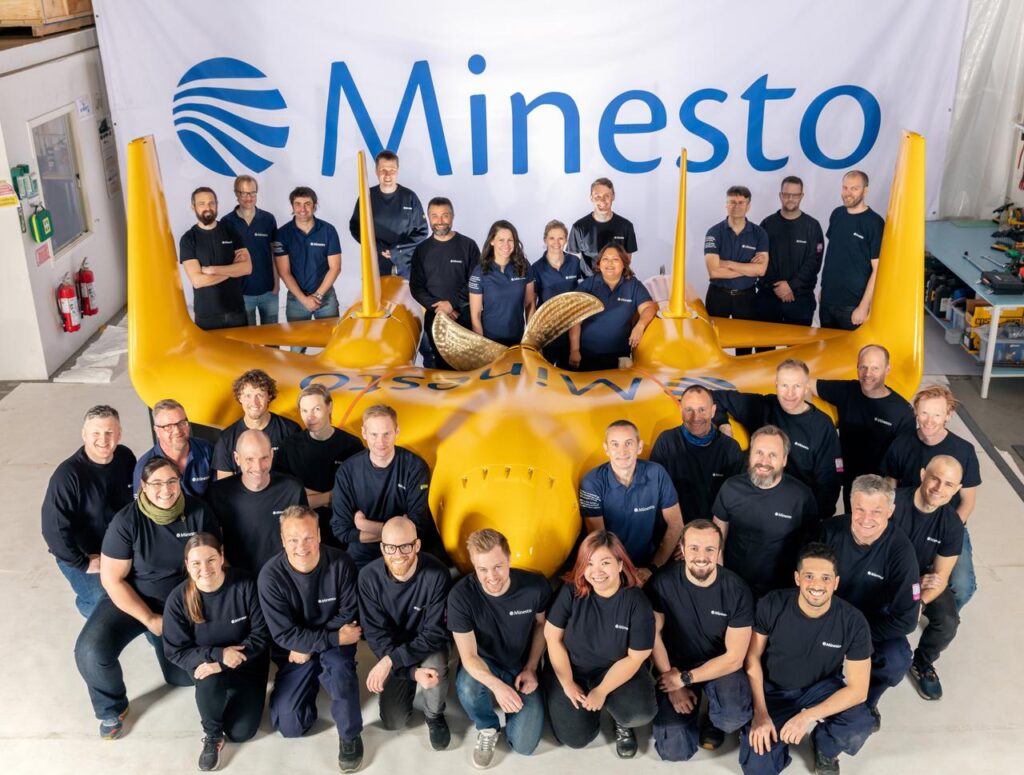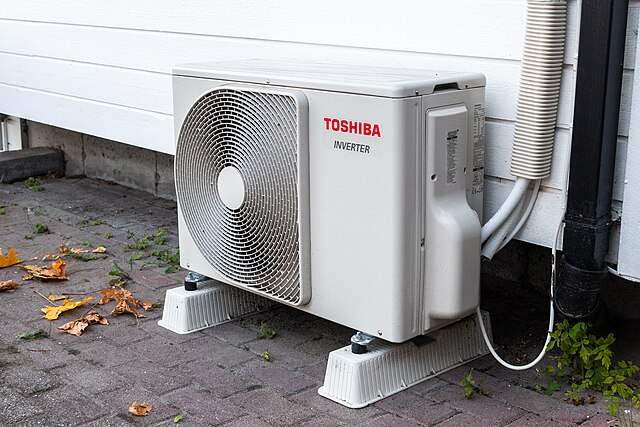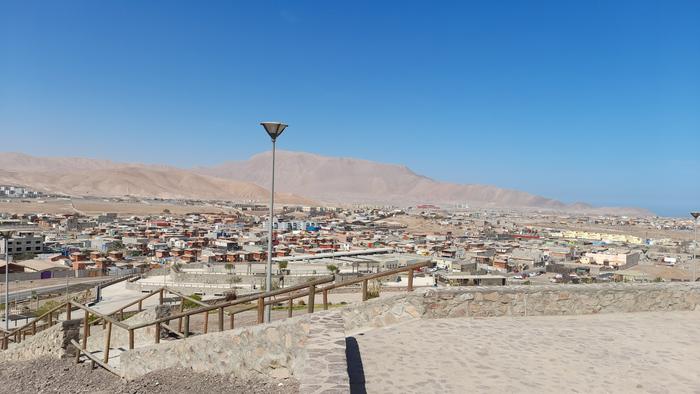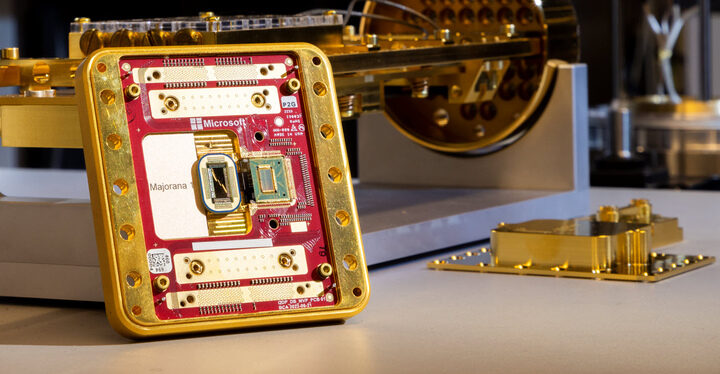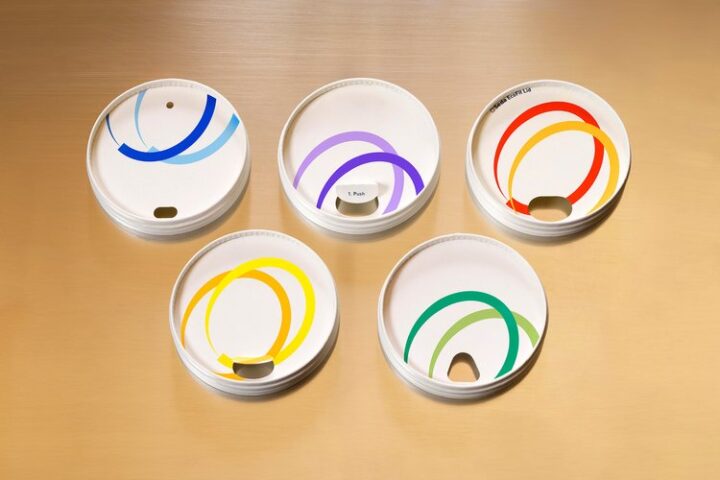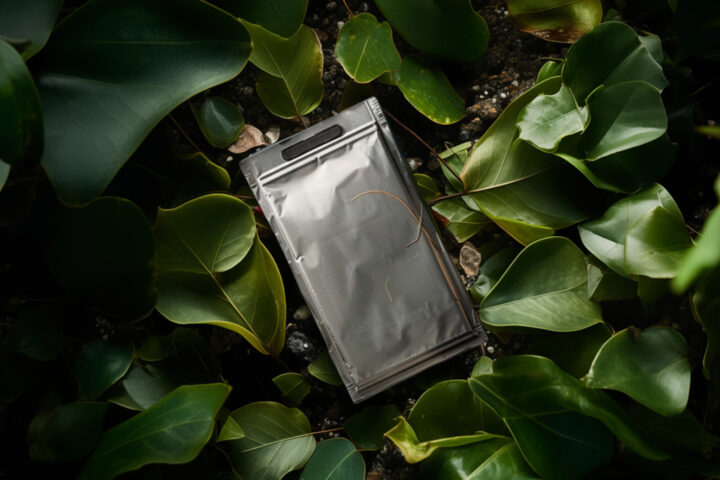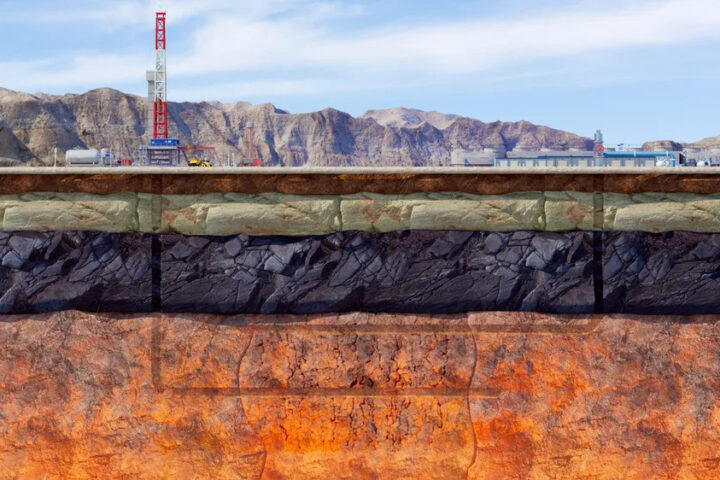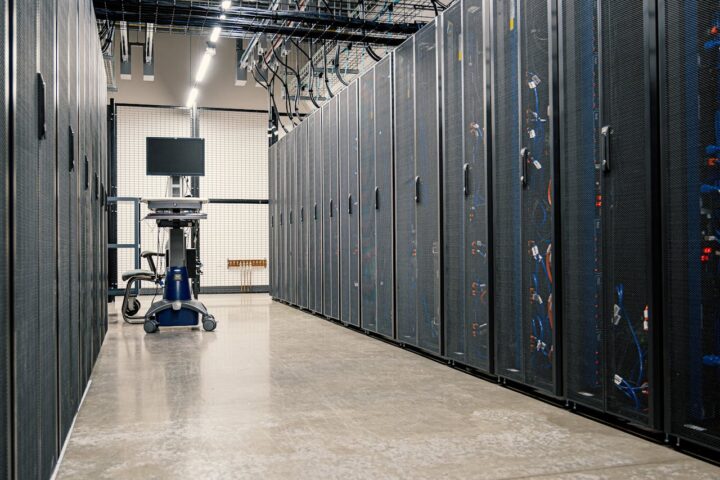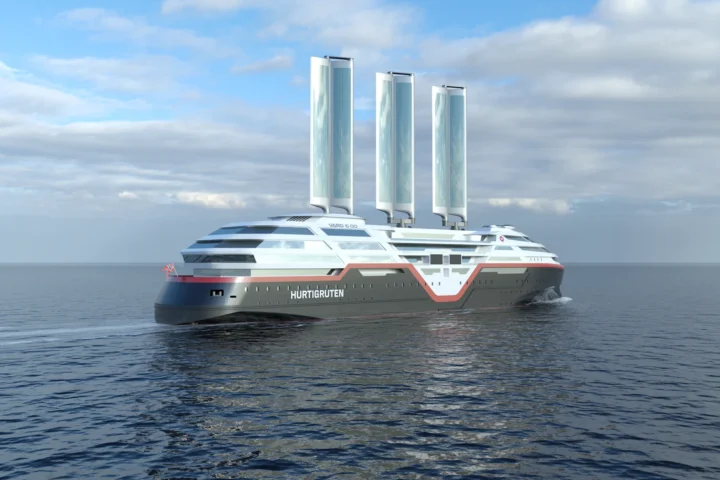The world’s first tidal energy kite array is being built in Hestfjord, Faroe Islands, according to Minesto, a prominent marine energy producer. Minesto creates a ground-breaking idea for using the ocean tides to produce power, opening up a previously untapped source of renewable energy. In a cluster, the Faroe Islands will get an array of tidal energy generators.



The array’s planned overall output is around 30 MW, which includes twenty-four 1.2 MW kite systems. 20 percent of the Faroese nation’s annual energy will be met by the site’s expected yearly supply of 84 GWh.
“We are happy with the project’s progress on the Hestfjord site development”. According to Dr. Martin Edlund, CEO of Minesto, “the local conditions are extremely favorable for a pioneering installation and have the potential to significantly contribute to Torshavn’s energy supply.”



The assessment work done includes environmental assessment studies, infield cable routing, and grid connection work, among other areas of the site development. The next step is to complete the first four kites’ installation configuration for the first 5 MW phase and secure onshore service assets.
The site development project is a partnership between the government of the Faroe Islands, utility provider SEV, and technology developer Minesto. The University of the Faroe Islands has additionally participated in the preliminary site assessment work. SEV, a partner of Minesto, is upgrading the distribution grid for Torshavn, the capital city, which is 10 kilometers away.
“We are preparing numerous essential infrastructure investments, including the grid connection point for the tidal array build out, ” says Terji Nielsen, Head of R&D at SEV. We have one of the most ambitious national strategies for green transition,” he adds.
As stated in the news release titled “Minesto announces commercially meaningful power output for its next generation Dragon Class tidal energy kites.” January 2022: A D12 tidal kite system with an estimated yearly output of 3,5 GWh and a rated power of around 1.2 MW is based on installations at specific locations, such as the Hestfjord strait.

